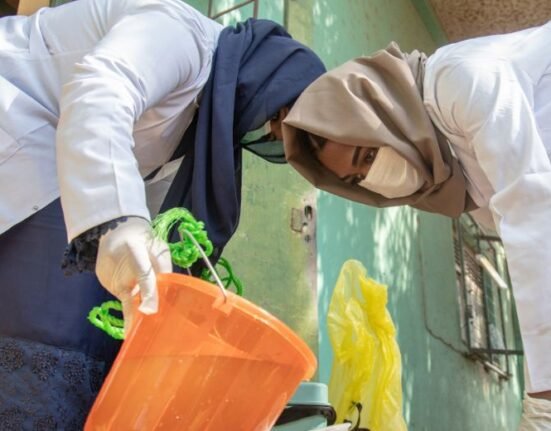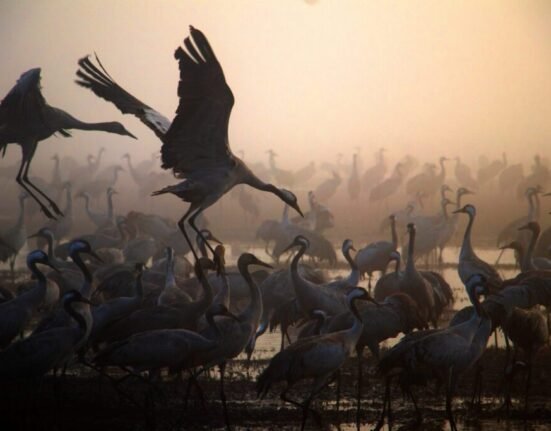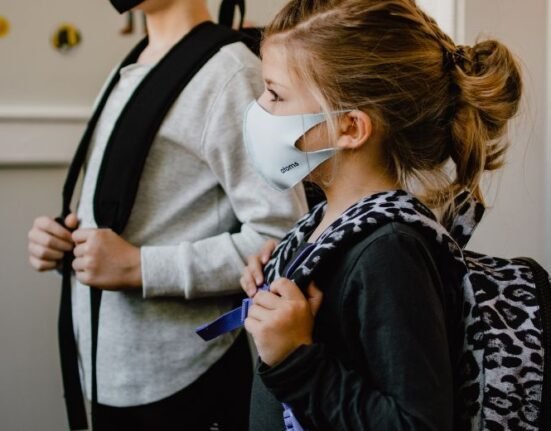By Dr. K. Leelamoni
November 21, 2023: Shawarma was a favourite dish of mine and I first came to know about it when I visited my son and family in Muscat a few years ago.
This Middle Eastern dish in which thin slices of meat, are stacked in an inverted cone and roasted on a slowly rotating vertical skewer is a common sight these days.
The outer layer of roasted meat is shaved off and served as a wrap or sandwich in flatbread along with vegetable salad or sauce as per the customer’s choice.
But after hearing about the deaths and cases of food poisoning following the consumption of shawarma, my passion for this delicacy disappeared.
It is worthwhile to look into the factors leading to food poisoning due to the intake of contaminated food since many people depend on eateries these days.
Staphylococcus aureus
Food poisoning is a type of food-borne illness as a result of eating contaminated food. This can be caused mainly by bacteriae like Salmonella, Shigella, E. Coli, Staphylococcus aureus and Clostridium botulinum.
According to the Centers for Disease Control and Prevention, 48 million in the US, or one out of seven people, contract some form of food poisoning every year.
Of those 48 million, 128,000 are hospitalized. The most common among these is Salmonellosis with 1,350,000 cases per year.
Food poisoning is not usually life-threatening. Most people develop mild illness, but some develop severe illness and even death. Common symptoms are abdominal cramps, nausea and vomiting, diarrhoea, loss of appetite, mild fever, weakness and headache. Life-threatening symptoms include fever higher than 102 degrees Fahrenheit, diarrhoea lasting more than 3 days, difficulty in vision or speaking, and passing little or no urine.
Salmonellosis
Salmonellosis is the most common type of food poisoning. Salmonella enterica, a bacteria living in the gastrointestinal tract of man is the usual causative agent. They are excreted through faecal matter and can survive long in the environment and food.
When contaminated food like raw or undercooked meat, eggs, raw fruits and vegetables or contaminated water is taken by a person, symptoms appear usually after six hours to six days.
Cooking or heating at a temperature of 75 degrees Celsius will destroy the organism. Shigella is also an intestinal pathogen transmitted through raw vegetables, cold salads, sandwiches and water. It causes bloody diarrhoea after one or two days.
Staphylococcus aureus, which also causes food poisoning, is often found in the upper respiratory tract and on the skin of a person.
Food handlers who carry them in the body can transmit the infection to food. Food containing the toxin produced by the bacteria when consumed can produce symptoms within six hours.
‘Like probing a crime’
Investigation of food poisoning is just like probing a crime. It is a systematic procedure to identify the culprit, the suspected food article. I remember two interesting investigations when I was part of an expert medical team.
One was in Kozhikode, a northern district in Kerala when school children on an excursion developed food poisoning. We met them, examined them and from their history found that they had taken rice cooked with meat for lunch which was prepared in the early morning.
And the culprit was found to be the Salmonella present in the curd used for the salad. The way the food is packed and kept exposed to the outside temperature helped the salmonella to grow.
Another one occurred in Trivandrum, the capital of Kerala when about 80 hostel students from a college in the city were admitted to the hospital with food poisoning.
We examined them, took the history of food intake, and visited the hostel, especially the kitchen and premises. Food handlers were also examined and swabs were taken from the nose and mouth. Staphylococcus was identified from the food handlers which led to the outbreak. Some of them were having cuts and ulcers in the hands which harboured the bacteria.
Prevention rules
To prevent food poisoning always wash hands before cooking or eating food and thoroughly cook meat and eggs. Wash fruits and vegetables before use by keeping them under cool running water.
Make sure that the cooking surface is kept clean. Food handlers should be free from infection. Since more and more people opt for online food, certain other precautions are necessary. Check the date and time in the food parcel. If the food has become cold, heat it before use.
Food items containing mayonnaise sauce containing eggs should be kept in a fridge. If the egg is raw, salmonella can grow in them. If you are fond of shawarma then make sure that the meat in them is properly cooked. The cooking temperature should be kept at 75 degrees Celsius to destroy the bacteria.
There are effective laws in India to curb the menace of food poisoning like the Food Safety and Security Act of 2006. These laws regulate the production, transport and preparation of food to prevent food-borne illness.
Strict implementation of the rules and regulations will prevent tragic events.
(The writer was a former Head of the Department of Community Medicine at the Government Medical College in Kozhikode and Thiruvananthapuram and worked at the Amrita Institute of Medical Sciences in Kochi.)








